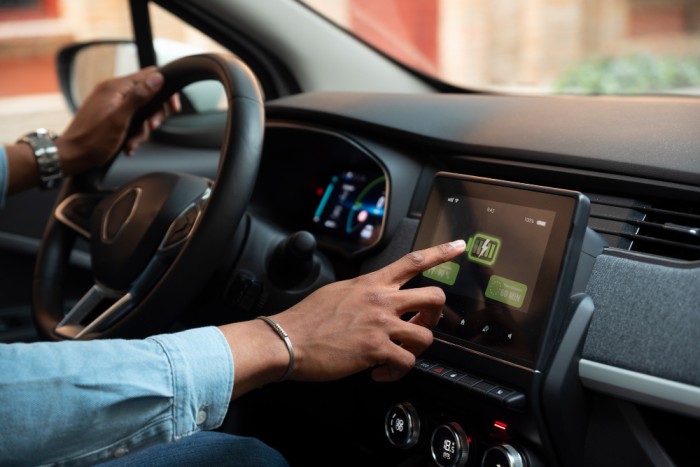
Automobiles have come a long way since the early days of the automotive industry. The evolution of cars has brought about advancements in design, performance, comfort, and safety features. In the United States, the automobile industry has been at the forefront of developing cutting-edge safety systems that protect drivers, passengers, and pedestrians. As a driver, understanding these automotive safety systems is essential for ensuring the well-being of all road users. In this comprehensive guide, we'll deeply dive into the world of automotive safety systems, exploring the technologies that have revolutionized how we travel on our roads.
The Road to Safer Driving
The United States has a rich history of innovation in the automotive sector. One of the most significant development areas has been improving vehicle safety systems. Over the years, the government, auto manufacturers, and advocacy groups have worked diligently to ensure that cars are equipped with state-of-the-art safety features to minimize the risk of accidents and protect individuals in case of a collision.
Airbags: Lifesaving Cushions
Airbags are among the most iconic safety features in modern cars. These inflatable cushions are strategically placed throughout the vehicle to minimize the impact of a collision. They work with seat belts to provide comprehensive protection in an accident. The car's sensors detect the collision's force and deploy airbags to cushion the impact and protect the occupants.
Anti-Lock Braking System (ABS): Preventing Skids
The Anti-Lock Braking System (ABS) is a vital safety feature that helps prevent wheel lockup and skidding during sudden braking. It ensures that the driver maintains control over the vehicle, even during emergency stops. ABS operates by rapidly pulsing the brakes to prevent them from locking, allowing for steering control.
Electronic Stability Control (ESC): Staying on Course
Electronic Stability Control (ESC) is designed to prevent the loss of control of the vehicle, particularly in slippery or high-speed driving conditions. It employs sensors to detect when the car is not responding as intended, adjusts engine power, and applies individual brakes to specific wheels, helping the driver regain control.
Traction Control System (TCS): Mastering Slippery Surfaces
The Traction Control System (TCS) is beneficial in adverse weather conditions. It monitors wheel spin and intervenes by reducing engine power or applying the brakes to specific wheels to improve traction and stability. This feature is a lifesaver when driving on icy or wet roads.
Understanding the IIHS and NHTSA Safety Ratings
The Insurance Institute for Highway Safety (IIHS) and the National Highway Traffic Safety Administration (NHTSA) are two organizations responsible for evaluating and rating the safety of cars. The IIHS conducts crash tests and provides ratings, while the NHTSA considers vehicles and their safety features, offering a five-star safety rating.
Choosing the Safest Vehicle for You
When purchasing a new or used vehicle, it's essential to consider the safety features and ratings. Evaluate your specific needs and the driving conditions you'll encounter. If you have a family, prioritize child safety features and roomy back seats. For those who commute long distances, consider adaptive cruise control and advanced collision avoidance systems.
The Future of Automotive Safety
As technology advances, the future of automotive safety holds even more tremendous promise. We expect further developments in autonomous driving, vehicle-to-vehicle (V2V) communication, and improved pedestrian detection systems. The automotive industry remains committed to enhancing the safety of cars and minimizing the risk of accidents.
Understanding the automotive safety systems in cars is beneficial and crucial for your well-being and the safety of all road users. As a responsible driver, staying informed about these features and making informed decisions when purchasing a vehicle can significantly reduce the risk of accidents and ensure a safer driving experience for all. By embracing these innovative safety technologies, we can look forward to a future where road accidents become increasingly rare and become safer for everyone.